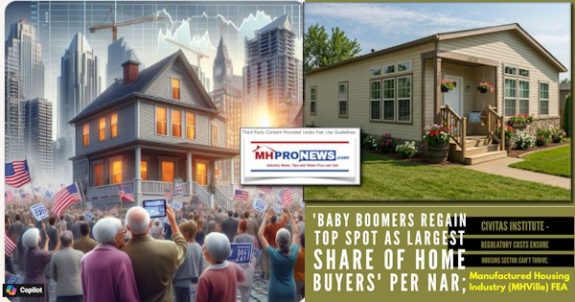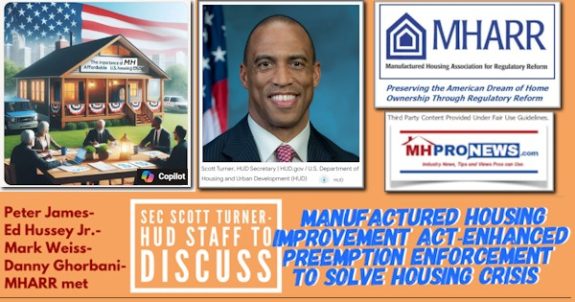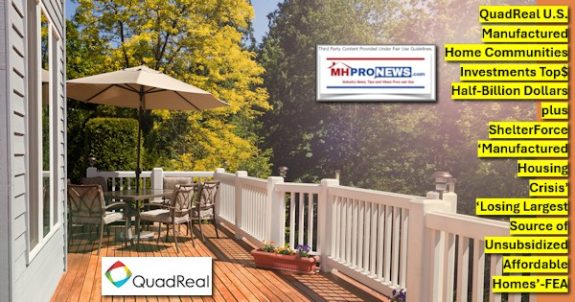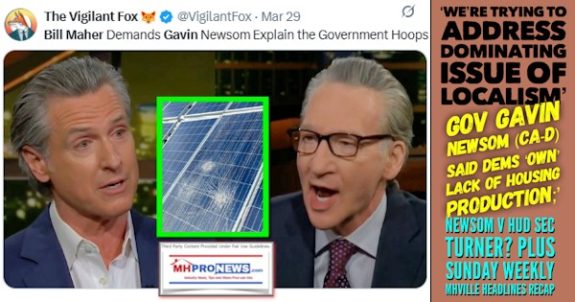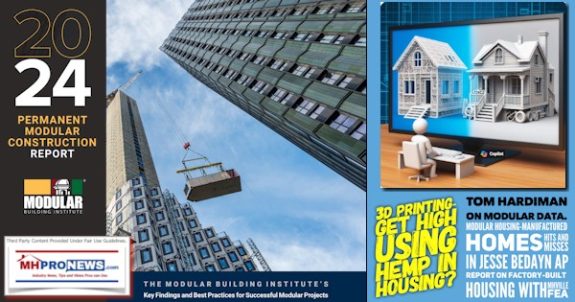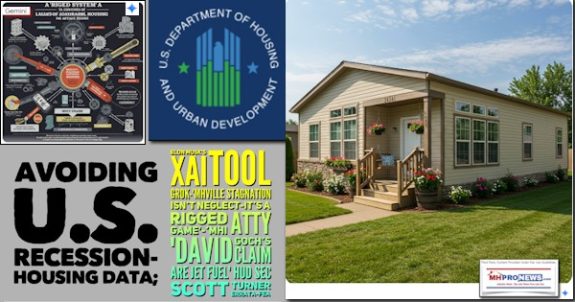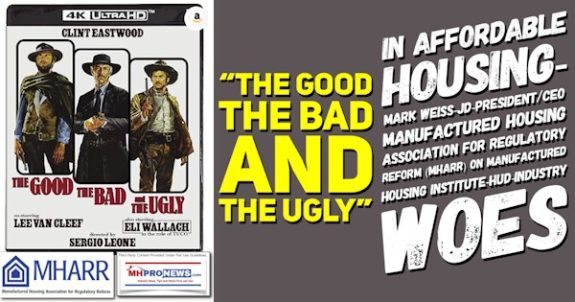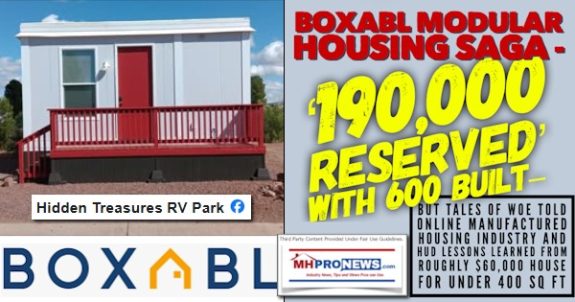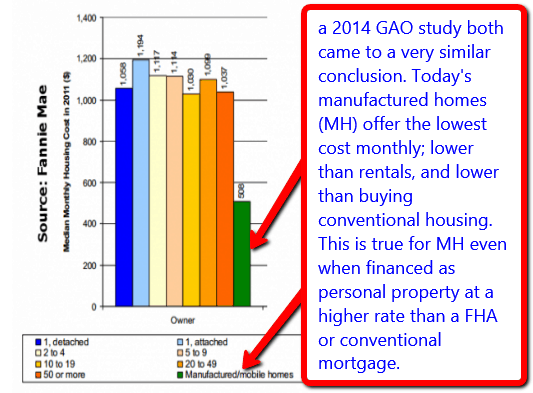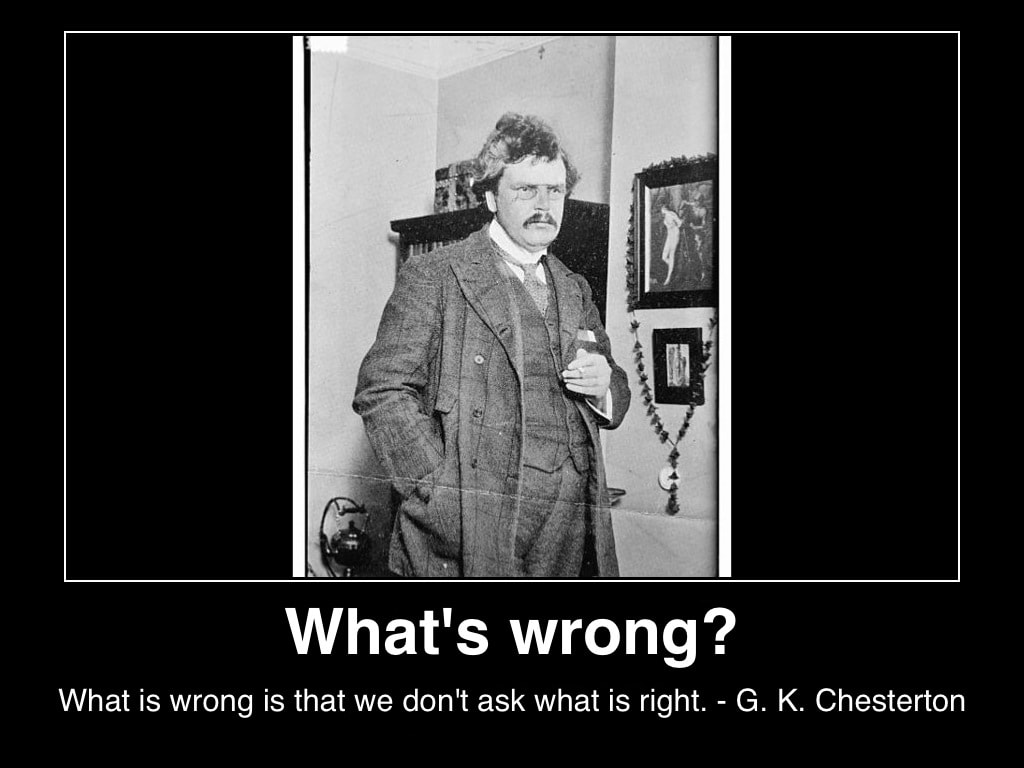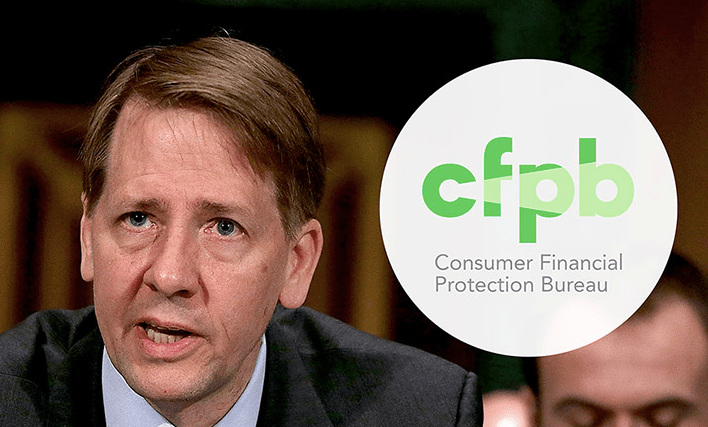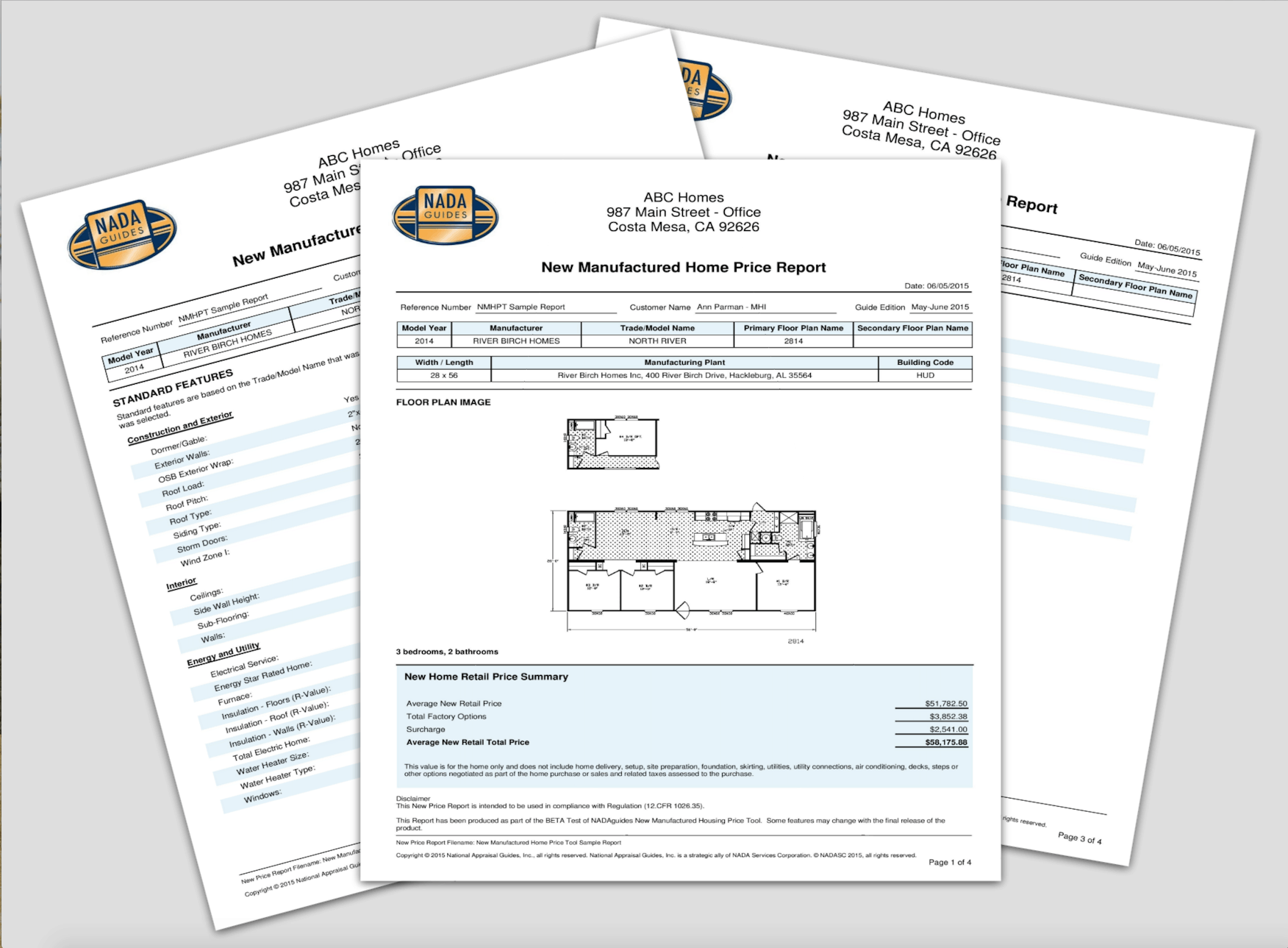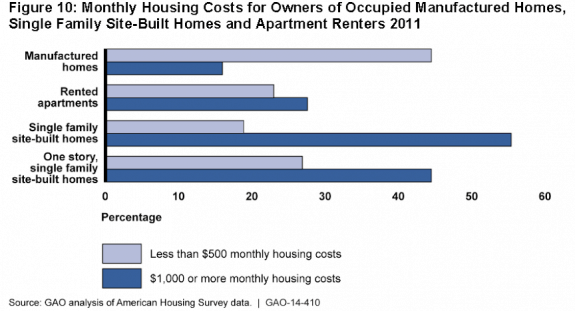Perhaps the best way to begin an introduction to the Government Accountability Office (GAO) on the federal manufactured housing program administered by the Department of Housing and Urban Development (HUD) is to quote from the Manufactured Housing Institute (MHI) and the Manufactured Housing Association for Regulatory Reform (MHARR) press releases first.
MHARR’s statement – quoting in brown below – reads in part as follows:
“The Government Accountability Office (GAO) has released its long-awaited report on the federal manufactured housing program (see, copy attached).
By way of brief background, the report responds to an April 17, 2012 request by the Chairmen of the House Financial Services Committee and the House Insurance, Housing and Community Opportunity Subcommittee for a GAO analysis of HUD’s implementation of the Manufactured Housing Improvement Act of 2000 in the wake of Congress’ February 1, 2012 oversight hearing (sought and advanced by MHARR) on that issue. Among other things, that request asked GAO to address hearing testimony by the former Chairman of the Manufactured Housing Consensus Committee (MHCC) that HUD had only taken action on “approximately 50” of “the over 185 recommendations … made by the MHCC” since 2004.
As part of the GAO inquiry process, MHARR staff and officials met four times with GAO analysts, including a two-hour May 22, 2013 meeting between GAO officials and a delegation of MHARR–member company executives stressing the absolute necessity of a properly-functioning federal manufactured housing program to ensure both the affordability and availability of manufactured housing for Americans and particularly lower and moderate-income homebuyers.” (see, prior MHARR June 19, 2013 report, linked here.)
The balance of the MHARR release on the GAO’s July 2014 report can be found linked here.
The MHI release reads as follows, quotes also shown in brown.
“The Government Accountability Office (GAO) issued a long-awaited report on the Department of Housing and Urban Development’s (HUD) Manufactured Housing Program. The report – Manufactured Housing: Efforts Needed to Enhance Program Effectiveness and Ensure Funding Stability- makes a number of recommendations that have been previously proposed by MHI.
The report, which was compiled at the request of the House Financial Services Committee, addresses the extent to which HUD has met the “key purposes” of the Manufactured Housing Improvement Act of 2000 (Improvement Act) and to assess whether user fees adequately cover program costs.
The GAO found that HUD has not fully achieved the key purposes of the Improvement Act, which include: establishing a consensus-based process to update and interpret the manufactured housing construction and safety standards; facilitating the availability of affordable manufactured housing; and ensuring uniform and effective enforcement of the standards.”
The MHI release ended with a link to their letter on the GAO report, which is attached at this link here.
Part of that attached MHI letter states:
“In addition, HUD has done little to assess how federal loan program could improve the affordability of manufactured homes—this includes exerting little effort to encourage Ginnie Mae to help securitize additional manufactured home loans.
Finally, the GAO found that HUD “cannot consistently demonstrate” that issues from the inspection and monitoring activities and complaints are being resolved, and that label fees collected are insufficient to fund the Manufactured Housing Program.”
It should be noted that the GAO began this process well before Pam Danner, JD, was appointed to the role of the administrator for HUD’s manufactured housing program, earlier this year. Many in the industry believe that Danner is having a positive impact on the program’s direction.
The July 2014 GAO document bears the title, “Efforts Needed to Enhance Program Effectiveness and Ensure Funding Stability” addressed as a “Report to Congressional Requesters.”
Quoting from an opening portion of the GAO document – which will be attached in its entirety below – is this second bullet after the heading “What GAO Found.”
• Facilitate the availability of affordable manufactured homes. Owners of manufactured homes have lower monthly housing costs than site-built owners and apartment renters, but high financing costs often keep these homes from being even more affordable. HUD’s Federal Housing Administration (FHA) has two insurance programs for manufactured home loans. Although most manufactured homes are titled or owned as personal property, HUD’s programs primarily insure loans on manufactured homes financed as real estate. Additionally, owners of manufactured homes are more likely to have higher-priced financing than owners of site-built homes.The 2000 Act required HUD to review the effectiveness of the FHA programs, but HUD has not developed a plan to do so. Such research would help HUD determine whether and how it might further facilitate the availability of affordable manufactured homes”
The full July 2014 GAO Report on Manufactured Housing is linked here.
The MHIndustry has a chorus of voices that have called for precisely the above, among other government steps, for some years now.
As noted, Danner is new in her role. Mel Watt at FHFA is new in his role too. The MHIndustry and all stakeholders ought to reflect upon and deepen its engagement on these issues.
Once these challenges and others are successfully addressed, it will make manufactured housing more available and more affordable for millions of Americans.
In an era when housing affordability is being described as a crisis in many parts of the nation, the GAO report on manufactured housing provides insights into vital elements which policy makers and politicos must address. In concert with industry professionals, these are needed to resolve issues in a fashion good for present and future manufactured home owners and all the tens of thousands of workers who serve the public and the industry. ##

 by
by 



